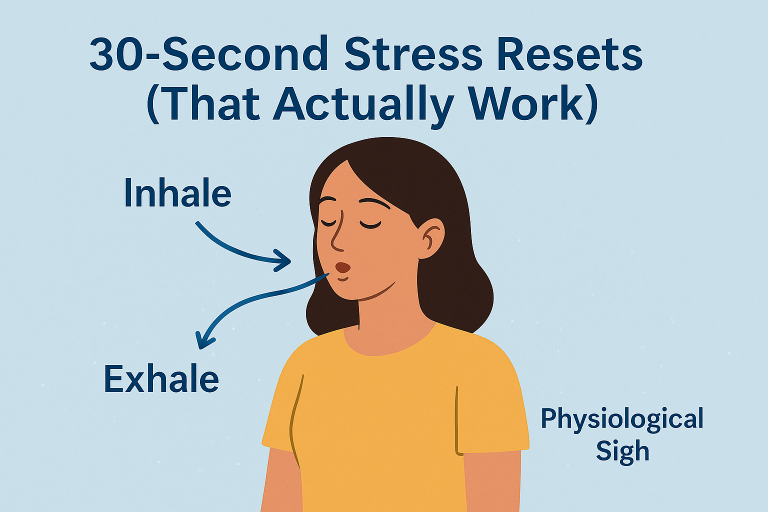The growing prevalence of childhood obesity is a public health crisis that will have profound consequences for the future of our country.
Children are being diagnosed with many chronic diseases, leading to a shortened lifespan. Childhood obesity is one of these diseases and has a tremendous impact on children’s growth and development.
Children being overweight is becoming an increasingly serious problem. According to the World Health Organization, over one-third of all deaths among children under five are caused by obesity. This means that childhood obesity kills more than AIDS, malaria, and measles combined.
What is childhood obesity?
Childhood obesity is a condition in which a child has excessive fat, especially around the waist and hips.
Obesity is defined as having an excess of body fat that can lead to health problems. Calories consumed are converted into body fat. Obesity occurs when your body mass index (BMI) exceeds the healthy range for children and adolescents.
BMI is a measure of body fat based on height and weight. It’s calculated by dividing the total weight in kilograms by the square of the height in meters (kg/m2).
Because it is the same for both sexes and all ages of adults, the BMI is the most appropriate population-level measure of overweight and obesity. However, because it may not correlate to the same body fat percentage in various individuals, it should only be used as a general reference.
Because their bodies experience a multitude of physiological changes as they grow, it is hard to formulate a single straightforward index for measuring overweight and obesity in children and adolescents. Various ways for determining a body’s healthy weight are available depending on age.
What are the causes of childhood obesity?
In children, obesity is often a sign of poor nutrition and may be related to the following: low energy expenditure, hyperphagia (or overeating), inadequate exercise, nutrient deficiency, and/or genetic predisposition. Children who are obese have an increased risk for developing type 2 diabetes, high blood pressure, high cholesterol, heart disease, and certain types of cancer.
Although there are no established causes for childhood obesity, it is believed that many factors contribute to its development. These include poor diet and exercise habits; genetics; exposure to toxins such as pesticides or lead in water supplies; and socioeconomic factors such as poor housing, inadequate nutrition, and a lack of after-school activities.
Measuring obesity for children between 0-5 years
The WHO Child Growth Standards, which were released in April 2006, contain overweight and obesity measures for newborns and young children up to the age of five.
The WHO Child Growth Standards
WHO Global Database on Child Growth and Malnutrition, 0-5 years
Measuring obesity for children and young adults between 5-18 years
The World Health Organization created the Growth Reference Data for children aged 5 to 19. It’s a re-creation of the 1977 NCHS/WHO reference, and it employs the original NCHS data set augmented with information from the WHO child growth standards sample for young children up to the age of five.
Growth reference data for 5-19 years
Global school-based student health survey (GSHS)
Prevalence of Childhood Obesity in the United States
In the United States, childhood obesity is on the rise. In 2000–2004, there was an increase in obesity among children between two to five years old from 15% to 17%.
The childhood obesity epidemic has been referred to as an epidemic, with some people estimating that more than one-third of American children are overweight or obese. There are many factors that contribute to the increase in this number. One main factor is the overconsumption of food. Another factor is the lack of education about healthy eating and physical activity habits.
The statistics for childhood obesity are shocking, with the number of overweight children increasing each year. In 2005–2006, 14 percentile of children between two to five years old were obese compared to 11% in 2000– 2001.
Childhood obesity has become a growing problem, with the CDC estimating that one in three children are overweight or obese by age six.
The following are the most serious health implications of childhood obesity, which often do not manifest themselves until adulthood:
- cardiovascular diseases (primarily heart disease and stroke)
- diabetes
- musculoskeletal disorders
- particularly osteoarthritis
- and some cancers (endometrial, breast, and colon)
Dual burden of malnutrition
Malnutrition is now a “double burden” in many low-and middle-income countries.
Even though these countries continue to struggle with infectious diseases and malnutrition, they are also seeing a rapid increase in risk factors for noncommunicable diseases such as obesity and overweight, especially in cities.
It is not unusual for poor nutrition and obesity to coexist in the same country, society, and housing.
Kids in low and lower-middle-income nations are more susceptible to malnutrition during pregnancy, as an infant, and as a young child. Simultaneously, such children have access to high-fat, high-sugar, high-salt, energy-dense, and micronutrient-deficient foods, which are typically less expensive but also have a lower nutritional quality.
These eating factors, combined with decreased physical activity, contribute significantly to the rise in childhood obesity, while undernutrition issues remain unresolved.
How can I help my child stay healthy and fit in order to prevent obesity?
The best thing that parents can do for their children is to teach them healthy habits while they are young. Encouraging physical activity, teaching your child how to eat healthily, and making decisions about what your child should watch or eat are all ways in which parents can help their kids have a healthy weight.
In order to help your child stay fit and healthy into adulthood, you must have a positive attitude about physical activity. It is important that you start young with exercise and sports as well as nutrition so that your child will not be afraid of these activities later in life. Teaching children how to be physically active and healthy will allow them to become good decision-makers as they grow older.
Is there a correlation between childhood obesity and being raised by single parents?
The subject of childhood obesity has been widely discussed due to its increasing prevalence around the world. In recent years people have speculated that one factor contributing to this increased prevalence is single parenthood, as children in these households are less likely to be given the opportunity for physical activity and healthy food.
A study in the United States by Duke University found that children raised in single-parent households were more likely to be obese than those who were raised by two parents. The study, which looked at data from 2,906 children aged between seven and 17 years old for a period of six years, showed that more than two-thirds of the children raised in single-parent households were obese, compared to half of those who were raised by both parents.
Although this is a worrying statistic, it must be noted that this study does not show that single parenthood itself causes obesity. Instead, the correlation between obesity and single parenthood is simply the result of children in these households not receiving adequate support to encourage them to eat healthily.
Children raised by single parents are more likely to be deprived than those who have both parents around, so their lack of food intake will often go unnoticed. This is because they are often provided with an abundance of food from relatives and friends, which makes it hard for them to realize that they are not getting enough nutrients. This means that children raised by single parents are likely to be more susceptible to obesity than those who have both parents around.
Are there any other factors that contribute to childhood obesity besides just diet and exercise habits?
The following are some of the other risk factors that contribute to overweight children:
- lack of sleep
- lack of physical education in schools
- sedentary lifestyle
- malnutrition and household food sources (e.g. excess sugar)
- early exposure to social media and technology use
- lack of social interaction
- too much screen time
- limited access to fresh food
However, most of these factors are only minor contributors to childhood obesity. In fact, most people do not experience any of the above factors as serious enough to cause an obese child. Moreover, the above factors are not likely to cause obesity in children if they receive adequate amounts of food and exercise.
Conclusion
Childhood obesity is a serious health issue that needs to be addressed immediately. Obesity in children can lead to a host of issues, including diabetes, heart disease, high blood pressure, and even early death.
In order to prevent childhood obesity from happening, you need to take action now. Some ways to help your child maintain a healthy weight include creating a healthy eating plan, making sure your child gets enough exercise, and ensuring that your child receives proper medical care if he or she becomes obese.




